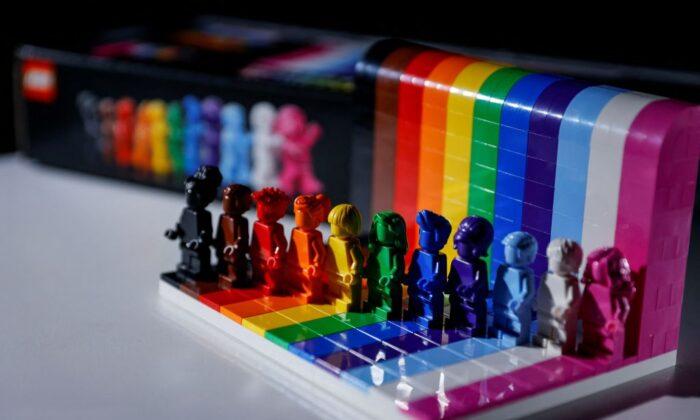Housing affordability in Australia has plummeted to its lowest level since records began in 1996, with families now spending nearly half their income on loan repayments.
A new report revealed that the proportion of median family income required for average loan repayments surged to 48.6 percentage points, up by 0.4 percent from the previous quarter.
While Tasmania and the Northern Territory saw minor improvements, the rest of the country experienced declines, with the Australian Capital Territory witnessing the steepest drop at 1.4 percentage points.
The Housing Affordability Report by the Real Estate Institute of Australia (REIA) for the September quarter of 2024 was released on Dec. 5.
REIA President Leanne Pilkington noted that rental affordability also deteriorated, with the proportion of income needed to cover median rents rising to 24.9 percent.
“The figures underscore the persistent challenges faced by families striving to enter the housing market or manage their existing commitments,” she said.
Challenges for First-Home Buyers
First-home buyers faced mixed outcomes during this quarter.The number of new loan commitments dropped by 3.9 percent from the previous quarter but remained 9.4 percent higher year-on-year.
However, the average loan size for first-home buyers increased by 0.8 percent over the quarter to $536,561, reflecting a significant 6.7 percent rise over the past year.
Queensland saw the highest jump in average loan size at 3.0 percent, while New South Wales, Tasmania, and the Australian Capital Territory recorded decreases.
Despite the Reserve Bank of Australia’s decision to maintain the cash rate at 4.35 percent and a stable quarterly average standard variable interest rate of 8.8 percent, affordability challenges persist.
The report claims a marginal reduction in the quarterly average three-year fixed interest rate by 0.5 percentage points to 6.3 percent has done little to ease pressures on borrowers.
Key Legislation to Boost Housing Supply?
In the final week of Senate sittings, the Labor government passed 40 bills, including two major housing initiatives: the Help to Buy and Build to Rent (BTR) bills.The Help to Buy bill establishes Australia’s first national shared equity scheme, enabling low- and middle-income households to purchase homes.
Under the scheme, Housing Australia will contribute up to 40 percent for new homes and 30 percent for existing properties.
The BTR legislation reduces the Managed Investment Trust withholding tax from 30 percent to 15 percent for eligible projects, aiming to attract investors and expand the rental housing supply.
EY modelling suggests the amended legislation could deliver 80,000 new rental homes over the next decade.
The Property Council of Australia welcomed the Build to Rent Bill, with Chief Executive Mike Zorbas calling it “the largest ever federal supply of rental homes.”
Zorbas emphasised the potential for more than double this number if implemented effectively.
Prime Minister Anthony Albanese continues to focus on affordable housing through the $32 billion Homes for Australia plan, aiming to boost social and affordable housing across the nation.







